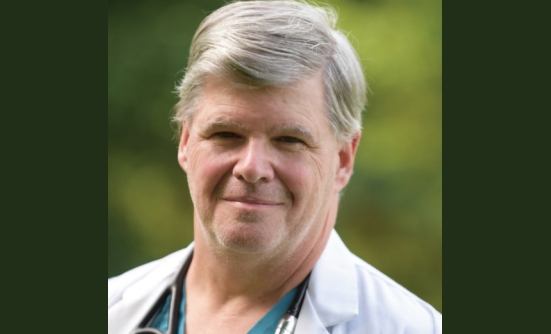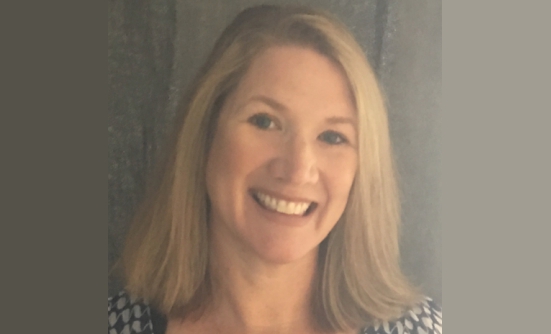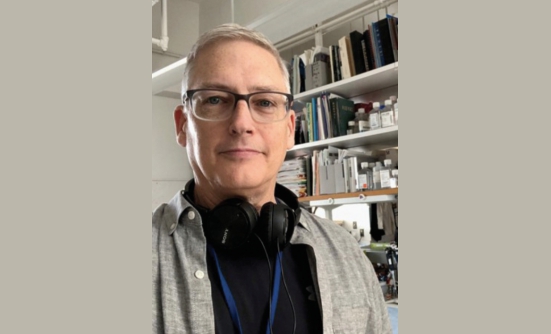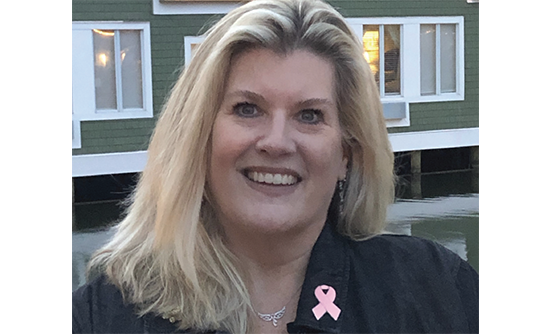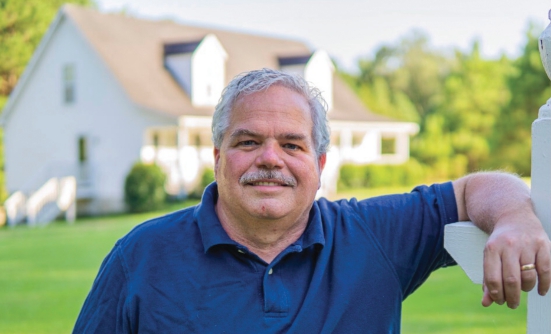When you are diagnosed with cancer, it’s easy to feel disconnected from the person you used to be. Your body is different. Your relationships have morphed. Your emotional landscape has gone through a seismic shift. You do all the right things—keep in good touch with your medical team, pay attention to the changes in your body and mind, or see a psychologist or a social worker to help you process this new reality. Yet, often something is still missing, and the traditional cancer therapies are not enough to get you where you want to be in terms of having more energy to face this new situation.
That’s when complementary therapies can help. “Complementary therapies” is a general term for a wide range of healing modalities. These therapies help to reduce the production of cortisol—the stress hormone—and that helps to promote calm and increase vitality.
There’s a growing body of evidence that supports the benefits to quality of life through these approaches. Complementary therapies allow patients with cancer and survivors to process their experiences in supportive peer environments, fostering a sense of belonging in a group of people who are often plagued by isolation and stress. These therapies can be used in conjunction with traditional medicine, during and after cancer treatment. In most cases, they can be continued indefinitely.
The Table lists common symptoms associated with cancer and cancer treatment, and the type of complementary therapy that can help to resolve the problem.

Reducing Cancer-Related Isolation
Mallory Casperson is a cancer survivor and founder of Lacuna Loft (www.lacunaloft.org), an online nonprofit organization that supports adolescent and young adult (AYA) patients with cancer, cancer survivors, and caregivers.
The inspiration for Lacuna Loft was borne out of her feelings of isolation during cancer treatment. “I colored and learned how to sew. It was a saving grace to have those outlets,” Ms. Casperson said in an interview.
Lacuna Loft programs reflect her experience, designed as safe spaces for expression and to lessen the intense isolation that comes with a cancer diagnosis.
“Our creative writing programs are especially popular and are a powerful psychosocial intervention,” Ms. Casperson said. “In fact, our writing workshop is now being studied as a long-term intervention.”
Bringing people into complementary therapies can be challenging. “It can be harder to justify a complementary offering, because it’s often not in the hospital setting,” Ms. Casperson said. “Curing cancer is sexy, but there’s a whole other piece we need to make sure not to ignore. Once people engage in complementary therapies, it is a vehicle for connection and belonging.”

Emotional Support
At Dana-Farber Cancer Institute in Boston, AYA patients with cancer are offered complementary tools to support their emotional needs (www.dana-farber.org).
“We try to incorporate humor, like memes or funny videos, into our emotional education,” said Paige Malinowski, Program Manager, Young Adult Program, Dana-Farber Cancer Institute, in Boston. She recommends a comic called Cancer Owl (also featured on Lacuna Loft’s site), as well as creative therapies, such as knitting, to reduce isolation and provide healthy distractions.
“We hand out knit kits to our young adult patients and caregivers. It gives both patients and caregivers a wonderful distraction during infusions and treatments,” she added.
Whether it’s comics or memes, or just all-out silliness, laughter therapy is increasingly becoming popular as a complementary therapy. Roswell Park Comprehensive Cancer Center at Buffalo, New York, offers a laughter yoga class that patients are raving about. They also offer complementary therapies that include body and mind-centered approaches.

Healing Touch for Pain Relief
Roswell Park’s programming includes acupuncture, massage therapy, aromatherapy, and healing touch for pediatric and AYA patients with cancer (www.roswellpark.org).
“These therapies are effective ways of dealing with pain management when the pain pills just aren’t working,” explained Odochi Uwazurike, Program Coordinator, Survivorship & Supportive Care and the Young Adult Program at Roswell Park Comprehensive Cancer Center. “Our complementary therapies relieve some of the disease burden, both physically and emotionally.”
The healing touch program is very popular. Healing touch is an energy therapy that involves the use of the practitioner’s hands above and on the patient’s body.
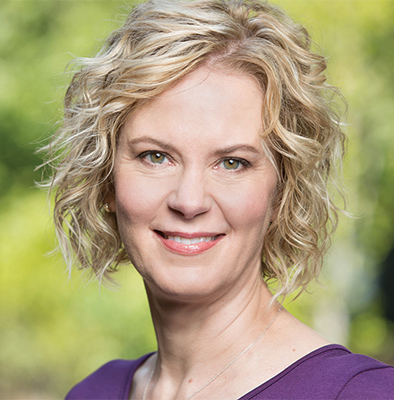
“While they wait for appointments in the clinic, our patients have access to our healing touch service. Seven hundred sessions have been done in the past year, and patients have reported increased levels of calm and well-being,” Mr. Uwazurike said.
Sandra G. Carey, PsyD, MS, Founder and Director, and Healing Touch Practitioner at the Center for Vitality and Balance near Chicago, recommends that patients with cancer receive healing touch as soon as possible after their diagnosis.
“Because cancer can contribute to feelings of fear, helplessness, anxiety, and sometimes depression, healing touch can help reduce the emotional strain of receiving a diagnosis and ensuing treatment,” Dr. Carey said. “Furthermore, studies have shown that patients engaged in healing touch during chemotherapy may experience reduced pain, less emotional distress, and less fatigue than patients who did not receive healing touch during treatment,” Dr. Carey added.
Ms. Casperson and Mr. Uwazurike acknowledge that it’s not always easy to draw patients into complementary therapies. “Yet, every day people are becoming more open to trying new ways of healing—restorative yoga, mindfulness, painting, drumming. They’re helping patients tune in to an intentional, purposeful life,” said Mr. Uwazurike.
Other complementary therapies include yoga, meditation, writing, music therapy, support groups, and many other new programs.
Patients with cancer and survivors are encouraged to look for one of these options as a way to complement their more traditional medical treatment to find relaxation, calm, and energy to support them during this stressful experience.
Patient Resources
National Center for Complementary and Integrative Health
https://nccih.nih.gov
National Cancer Institute
http://cam.cancer.gov/health_programs.html









